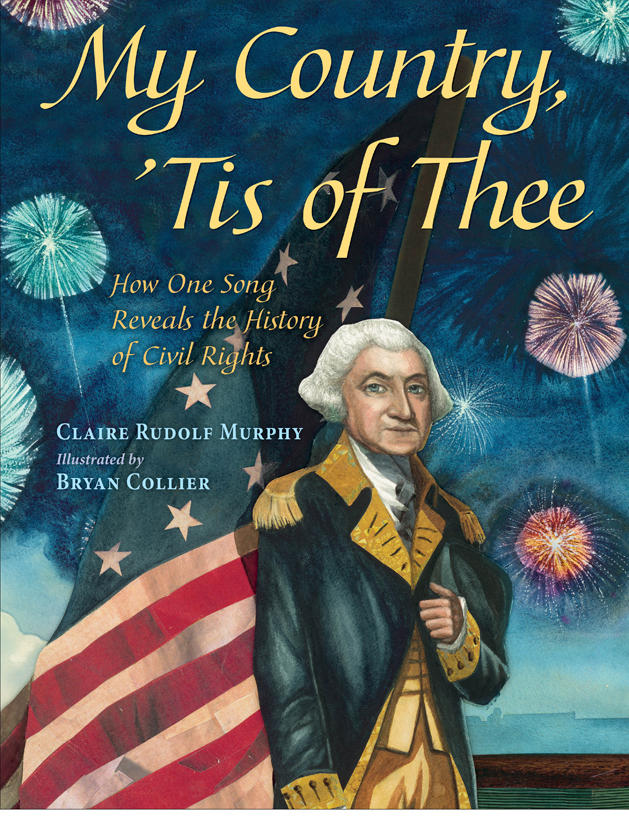Excerpt from Teaching Unit on Caribou, Part One by Elmer Jackson
 Caribou ~ Tuttu ~ Rangifer tarandus
Caribou ~ Tuttu ~ Rangifer tarandus
The Inupiat, who live in the Northwest Arctic, are blessed with the caribou. For generations the caribou have offered of themselves to the people who lived off the land and waters. They have sustained the people from time immemorial.
Every fall the caribou migrate together in the thousands. Their migration leads to their winter feeding grounds to the south. When the sun shines warm in the spring, the females and calves lead the migration to the North Slope. When they arrive to the place of their birth, the pregnant females give birth to their young. The large massive bulls are the last in the migration. This is the time when their young antlers are covered with velvet. Feeding on the fresh sweet grasses, willow leaves, lichens, and herbs, their antlers grow and will mature in the fall. The tuttu feeds and begin to gain fat reserves, which are necessary for their survival during the winter. Their winter foods are the mosses and lichens. Other than outrunning their predators, they defend themselves using their antlers that have hardened.
The habitat of the tuttu changes like the seasons. Their habitat is in the Arctic and Alpine tundra, near or above the timberline. In the winter they feed in the tundra and taiga forests by digging into the snow with their large concave hooves. They feed on tundra moss and lichen.
Fantastic Facts: Alaska is home to nearly a million caribou, in thirty-two herds. They travel greater distances twice each year than any other land mammal, up to three thousand miles. The Western Arctic Caribou herd is estimated at 340,000.
Their migration takes them over the Kobuk, Noatak, and Squirrel Rivers. They cross channels, sloughs, and lakes. Their migration takes them through the Baird and Schwatka Mountains, other hills and valleys. For many generations, they have followed the trails made by other caribou before them.
The caribou are excellent swimmers. Their large concave hooves and hair fibers that are hollow, allow them to swim across rivers, lakes, and streams. They are fast runners and can outrun their predators.
 Every fall the Western Arctic herd travels across their traditional crossing place called Onion Portage, a settlement where the Inupiat lived. In this special place people and the tuttu have shared the land for many generations. Remains of tuttu bones are found at the old settlement.
Every fall the Western Arctic herd travels across their traditional crossing place called Onion Portage, a settlement where the Inupiat lived. In this special place people and the tuttu have shared the land for many generations. Remains of tuttu bones are found at the old settlement.
The caribou and Mother Nature have provided the Inupiat with food for sustenance and the skin is tanned and sewn into warm winter clothing.
Climate: Winter months in Inupiaq territory are very cold, dipping to -56F, with a summertime high of +78F, and summer average of 40F. Total darkness prevails in this arctic community between November 18 and January 24 and the sun never sets May 10 through August 2.
Today in Alaska the land of the Arctic National Wildlife Refuge resembles the setting of the story in Caribou Girl. For more information and a study guide on the refuge, caribou, and the Inupiaq, log onto the Northern Alaska Environmental Center
To learn more about the caribou and life of the nomadic Nunamiut people, visit Elmer Jackson’s teaching unit posted on the web and read Debbie Miller and Jon Van Zyle’s picture book Caribou Journey.

Information about the Inupiaq People
Alaska Native Knowledge Network
Inupiaq – Alaska Native Cultural Profile
Inupiat values and traditions
Alaska Native Spirituality
In the Inupiaq way, all living things have a spirit. By showing respect for the animals they will always come back to you. It is important that hunters believe the animals will return. The power of return is very powerful; what you give will be returned. In every part of the hunt one must show respect: during the hunt, while processing the game, and when eating.
Inupiaq Eskimos do things a certain way because they have a spiritual connection. In hunting it is important to release the spirit after you kill an animal. The mind needs to be open to this understanding. The spirit and natural world are closely related.
History and Politics
Preceding early European impact, Inupiaq communities extended from Norton Sound, south to the Canadian border. Some Inupiaq people remained close to established communities while others were mobile. Dialects, clothing details, and personal adornment differences distinguished one group from another, though each spoke Inupiaq. Families might include a dozen or so members or in highly productive areas, family size could reach as high as 50 or more people.
Inupiat vocabulary
Helping Each Other – Avanmun Ikayuutiniq
Friendships – Avilaitqatigiigeiq
Family Relations/Roles – Ixagiieiq
Creating Friends – Ixammiubniq
Endurance – Igxutuiguniq
Cooperation- Ikayuqtigiigeiq
No Mockery – Irruaqjibeaieeiq
Respect for Human, Animals, Property, and Land – Kipakkutaieeiq
Sense of Humor – Mitaallatuniq
Compassion – Nagliktuutiqabniq
Love – Piooaktautaieeiq
Gentleness – Pigpakkutiqabniq Miqjiqtunun
Love for Children – Pitqiksibautaieeiq
Honesty – Qiksiksrautiqabniq
Respect for Others – Qiksiksrautiqabniq
Patience – Qimmaksautaieeiq
Sharing – Sibeataieeiq



